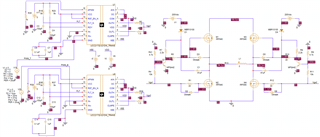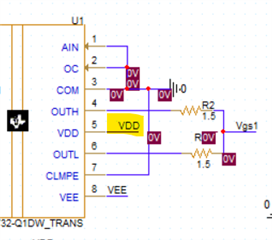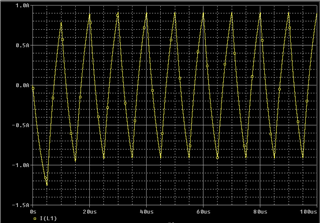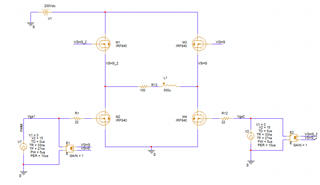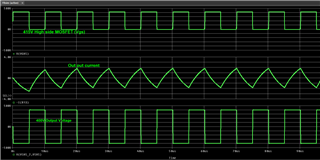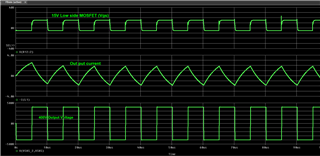Other Parts Discussed in Thread: UCC21551
Tool/software:
Hello Experts,
I’m working with a full bridge circuit utilizing the UCC21732 gate driver and SCT2080KE SiC MOSFETs with PSpice for TI. I applied a 400V DC input but did not achieve the expected output voltage. I was advised to use a bootstrap circuit, but I am still not seeing the desired results, possibly due to an incorrect implementation. Could you please assist me in troubleshooting and improving this full bridge inverter circuit?
Best
Biruk
